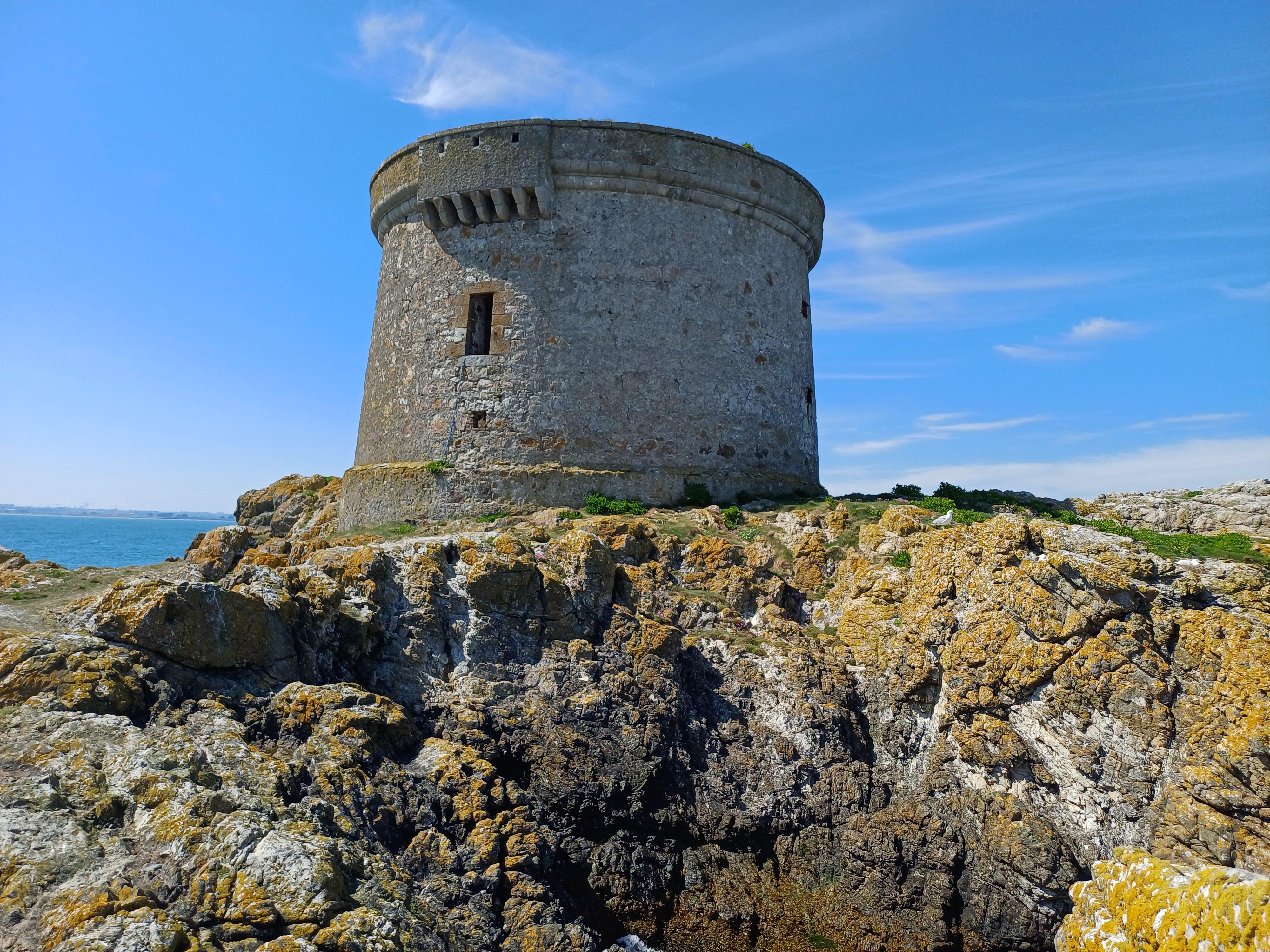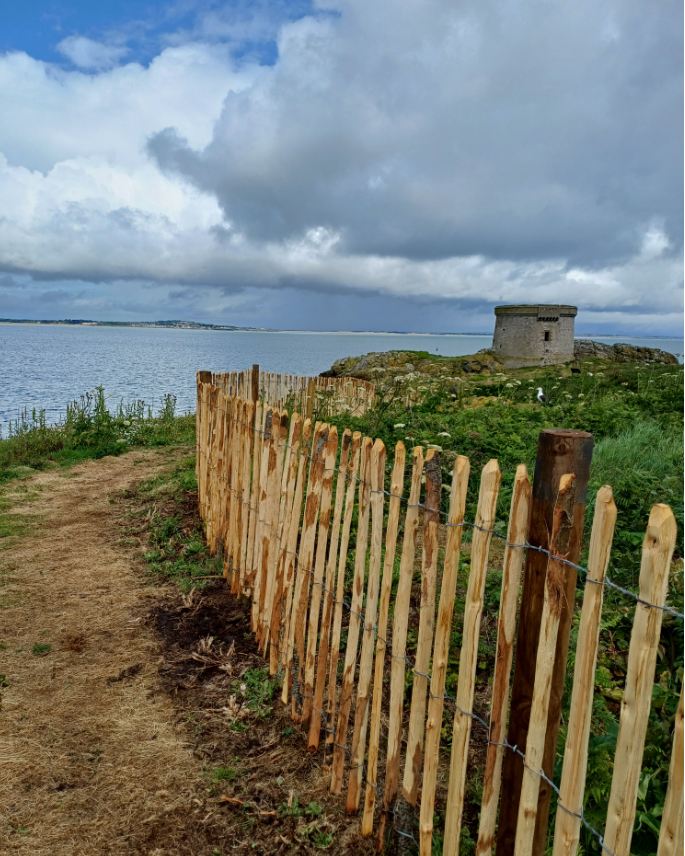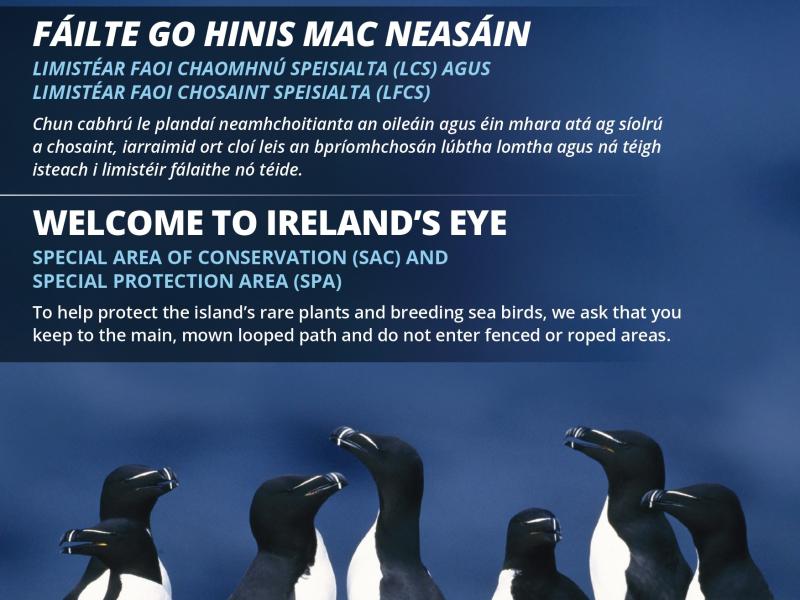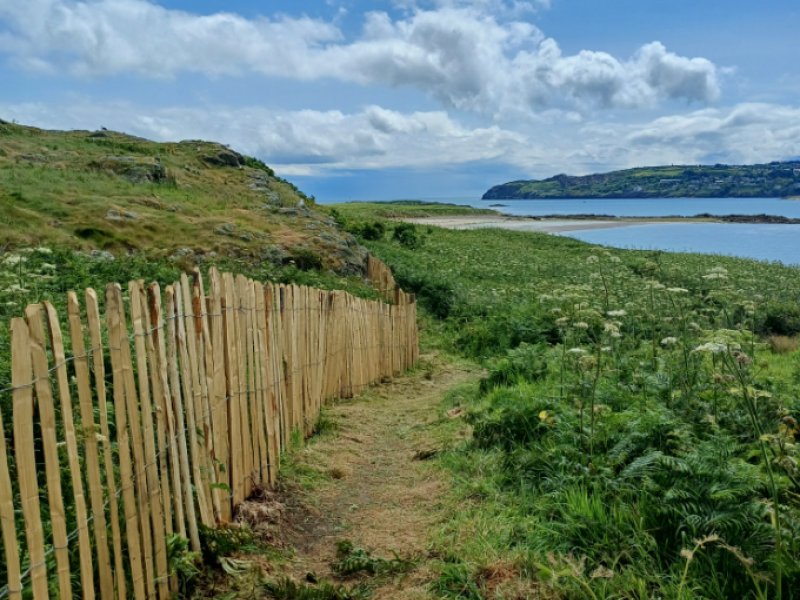“This is their home, we’re just visiting”- Fingal County Council and BirdWatch Ireland undertaking vital work to protect Ireland’s Eye bird colonies
Fingal County Council in partnership with BirdWatch Ireland have been carrying out vital conservation work on Ireland’s Eye this Summer to protect and monitor its important seabird colonies, while also preserving the area for future generations to experience.

Fingal County Council in partnership with BirdWatch Ireland have been carrying out vital conservation work on Ireland’s Eye this Summer to protect and monitor its important seabird colonies, while also preserving the area for future generations to experience.
Ireland’s Eye, an uninhabited island situated off the coast of Howth, is a special place for wildlife. The site is of particular importance for seabirds, as it is a designated Special Protection Area for five species: Cormorant, Herring Gull, Kittiwake, Common Guillemot and Razorbill. The island also supports nationally important numbers of other birds, including Gannet and Great Black-backed Gull.
To help preserve these important colonies and improve visitor experience, Fingal County Council have carried out a series of actions this summer as part of the Ireland’s Eye Management Plan, including:
- Installing fencing at key locations to protect eggs, reduce disturbance, and improve the chances of chicks to fledge.
- New visitor-friendly signage using images of the birds asking visitors to stay to the path with the motto ‘Please enjoy the island respectfully, this is their home – we are just visiting’.
- A new information lectern and way markers which outline the designated walking paths around the island along with restricted areas.

With the support of the Local Biodiversity Action Fund 2025 from the National Parks and Wildlife Service, Fingal Biodiversity have also run a pilot summer ‘wardening’ programme along with a census of the birds with BirdWatch Ireland. The role of the BirdWatch Ireland Wardens is to communicate the message of protecting birds to visitors, whilst monitoring them and noting disturbance events. The feedback from this year’s study will be used to inform future management of the site and it is hoped that the programme can continue next year with further funding.
Lorraine Bull, Executive Biodiversity Officer with Fingal County Council says: “We hope the conservation measures we’ve introduced this year will help give the island’s breeding birds some space to raise their young, while also improving information and guidance to the many visitors to the island.”
Brian Burke, Senior Seabird Conservation Officer, with BirdWatch Ireland commented: “Irish seabirds are facing a litany of pressures, and we hope the more people who get to see them in their natural nesting habitat, the more people will care about them and help turn their fortunes around. Ireland’s Eye is a fantastic place to visit to see species like Gannets, Guillemots, Razorbills, and if you’re lucky some Puffins, but also species that some people take for granted like the gulls. This new project is a great step forward in ensuring the protection of these birds while also ensuring people get to see and enjoy them.”
Ireland’s Eye is part of the Howth Castle and Estate (https://howthcastle.ie/), Howth Special Amenity Area Order (SAAO), and Dublin Bay UNESCO Biosphere Reserve (https://www.dublinbaybiosphere.ie/). Fingal County Council Biodiversity commissioned the Ireland’s Eye Management Plan for the island, which includes actions for nature conservation: irelands-eye-management-plan-2018-to-2022-final.pdf.
Ireland’s Eye is designated a Special Conservation Area under the EU Habitats Directive for the perennial vegetation of stony banks, and vegetated sea cliffs of the Atlantic and Baltic coasts. The island is designated a Special Protection Area under the EU Birds Directive for the following Special Conservation Interests: Cormorant, Herring Gull, Kittiwake, Common Guillemot and Razorbill. The island also supports nationally important numbers of Gannet, Fulmar, Shag, Great Black-backed Gull, Kittiwake, and Puffin.

